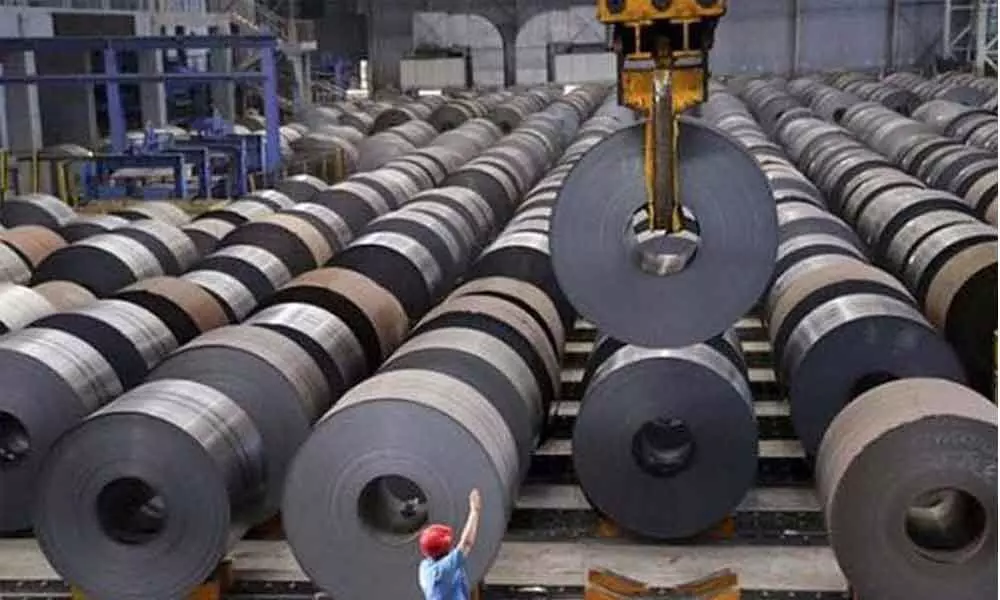Growth in steel demand augurs well for GDP recovery
Some good and relieving news after a long time. This time round, it’s coming from the steel sector. The domestic steel sector has witnessed a strong revival in Q2 FY2021.
image for illustrative purpose

Some good and relieving news after a long time. This time round, it's coming from the steel sector. The domestic steel sector has witnessed a strong revival in Q2 FY2021. And this significant revival can be attributed to a robust pent-up demand, a strong retail demand emanating from a thriving rural economy, and green shoots of recovery in white goods and the automobile sector, especially from tractors, passenger vehicles and two-wheelers.
That's not all. The cumulative domestic steel demand in October-November 2020 has already surpassed the pre-Covid levels prevailing during the same period of last fiscal, resulting in further strengthening of the growth momentum.
With each passing quarter, a more broad-based pick-up in economic activity can be seen, much to the pleasure and relief of the steel sector and country's economic managers. If the rating agency ICRA is to be believed, the revival in demand has been surprising, and the steel industry's ability to claw back to the pre-Covid levels of demand within 6 months of a global pandemic outbreak has been remarkable. The agency is therefore revising its FY21 steel demand forecast to a contraction of around 12 per cent, significantly better than our initial forecast of a 23 per cent contraction made in April 2020. The sector outlook has also been revised to 'Stable' from 'Negative'.
The share of top six steel producers in total crude steel production, which remained at about 55 per cent historically, has risen to about 65 per cent in recent months. Also, as against the average industry capacity utilisation of 78 per cent for the period FY16-FY20, the same for the top six steel producers has now touched a high of 85 per cent in October 2020, while the other steel producers are still operating at capacity utilisation rates of about 65 per cent. These trends indicate the rising dominance of large steel players in the domestic industry and an adverse impact of the pandemic on the business performance of some of the smaller steel producers, which would find it difficult to operate at pre-Covid levels in the near term.
Meanwhile, from a global perspective, the World Steel Association has also revised its demand growth forecast for China to 8 per cent for CY20 as against its previous forecast of 1 per cent made in April 2020, resulting in a lower estimated demand de-growth of 2.4 per cent for the world compared to the earlier estimate of a decline of 6.4 per cent. Significantly, China's crude steel production grew at a healthy 5.5 per cent in 10M CY20 supported by strong domestic demand, which in turn was aided by rising investments in fixed assets and real estate; and strong automobile sales in the last six months. China's healthy domestic demand also resulted in a higher de-growth of about 19 per cent in its steel exports during 10M CY20 compared to a 7 per cent fall in CY19.

